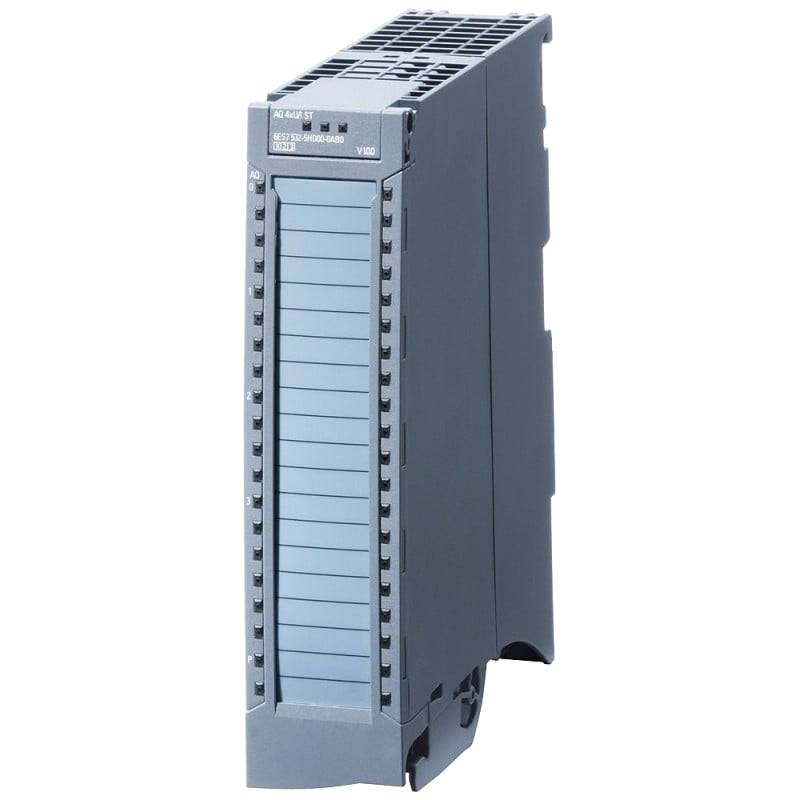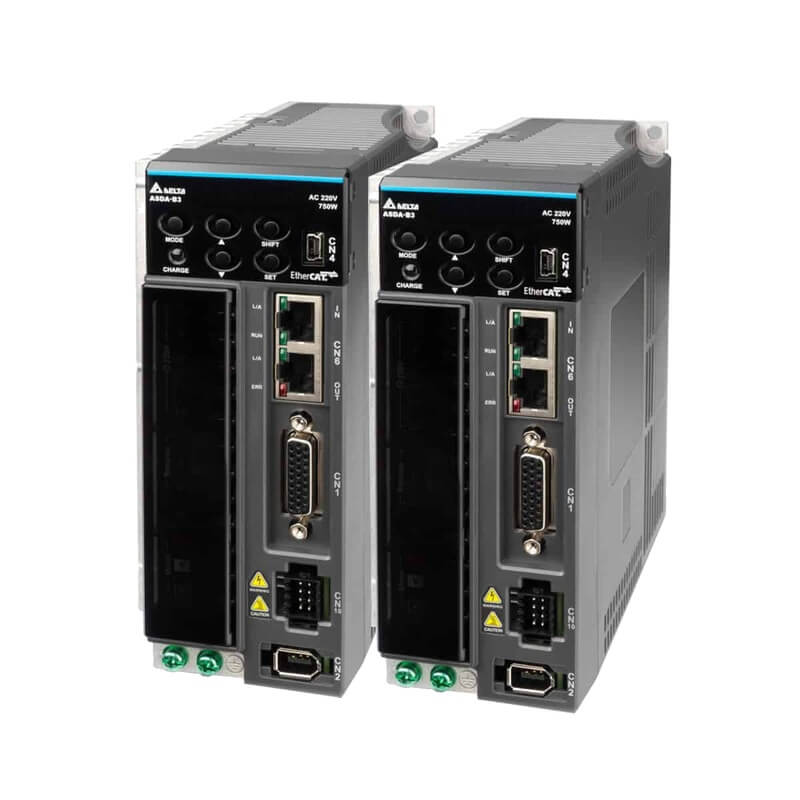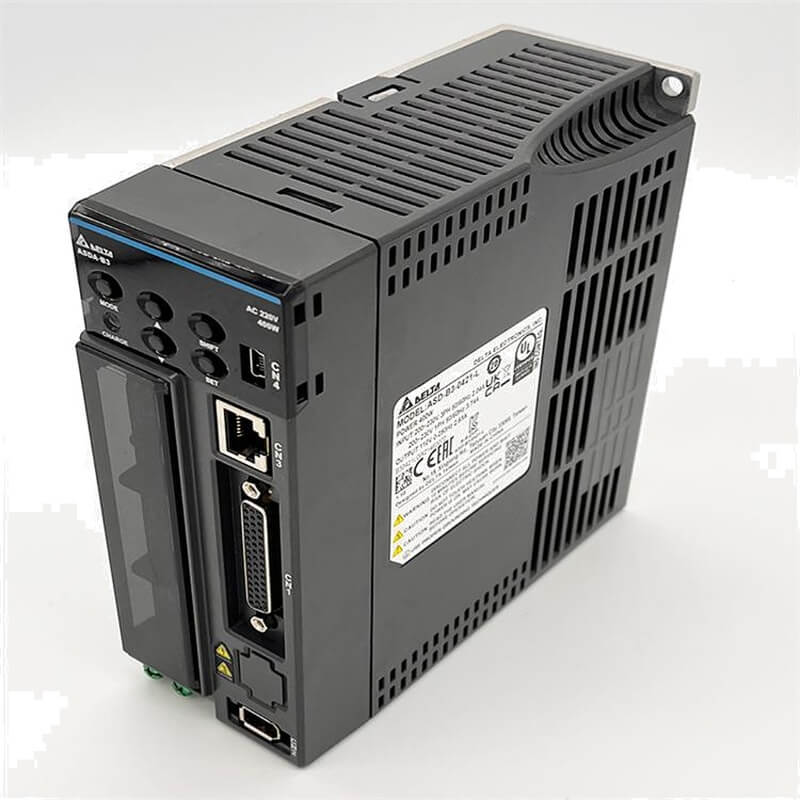
The Siemens 6ES7532-5HF00-0AB0 stands as a pinnacle of analog output technology within the SIMATIC S7-1500 portfolio, engineered for applications demanding exceptional accuracy and reliability. This high-precision, 8-channel analog output module facilitates seamless integration into sophisticated automation systems, offering precise control over critical industrial processes. With its robust design and advanced capabilities, the 6ES7532-5HF00-0AB0 ensures optimal performance in challenging environments, making it a cornerstone for industries reliant on exact analog signal generation. Key technical parameters include its high resolution of 16 bits for superior signal fidelity and a fast conversion time, ensuring responsive process control. The module's broad temperature operating range and comprehensive diagnostics further underscore its suitability for demanding industrial applications.
Product Specifications
| Feature | Specification |
| :--------------------- | :------------------------------------------ |
| Module Type | 8-channel Analog Output Module |
| Compatibility | SIMATIC S7-1500 |
| Resolution | 16 bits |
| Output Type | Voltage, Current |
| Output Current | -20 to +20 mA (4-wire), 0 to 20 mA (2/4-wire) |
| Output Voltage | -10 to +10 V |
| Accuracy | ±0.1% of full scale |
| Conversion Time | 0.25 ms per channel |
| Isolation | Channel-to-backplane isolation |
| Diagnostics | Integrated diagnostics |
| Operating Temperature | -20 to +60 °C |
| Dimensions (W x H x D) | 35 x 147 x 129 mm |
Core Features & Market Positioning
The Siemens 6ES7532-5HF00-0AB0 distinguishes itself through its superior 16-bit resolution, offering an unparalleled level of precision in analog signal output. This high fidelity is crucial for applications where even minor deviations can impact product quality or process efficiency, positioning it above standard modules in the market. The module's inherent diagnostic capabilities provide real-time insights into operational status, enabling proactive maintenance and minimizing downtime – a significant advantage in continuous manufacturing environments. Furthermore, its compatibility with the robust SIMATIC S7-1500 platform ensures seamless integration and leverages the comprehensive functionalities of Siemens' leading automation solution, solidifying its status as a premium choice for critical control tasks.
Key Application Scenarios
This high-precision analog output module finds its optimal application in sectors requiring exacting control over physical parameters. In the chemical and petrochemical industries, it is indispensable for precise flow rate and pressure regulation in reaction vessels and distillation columns, ensuring product consistency and safety. Pharmaceutical manufacturing relies on the 6ES7532-5HF00-0AB0 for accurate dosing of sensitive ingredients and maintaining tight environmental controls during sensitive processes. The food and beverage sector benefits from its ability to precisely manage temperature, pH levels, and mixing speeds, contributing to product quality and batch repeatability. Furthermore, its utility extends to complex machinery control in the automotive and aerospace industries, where exact actuator positioning and nuanced operational adjustments are paramount.
Practical System Integration Guidance
Integrating the Siemens 6ES7532-5HF00-0AB0 into a SIMATIC S7-1500 system is streamlined through standard front connectors and straightforward wiring practices. For current outputs, 2-wire or 4-wire configurations can be utilized, depending on the specific sensor or actuator requirements, with careful attention to loop integrity. Voltage outputs are configured similarly, ensuring proper grounding to prevent noise interference. When programming within the TIA Portal, the module is easily configured, with pre-built function blocks simplifying the assignment of analog values to output channels and the implementation of diagnostic alerts. Ensuring correct power supply and addressing within the PLC rack is crucial for initial setup and stable operation.
Operation and Risk Mitigation
Safe and effective operation of the Siemens 6ES7532-5HF00-0AB0 hinges on adhering to specified environmental conditions and electrical isolation protocols. The module's integrated diagnostics constantly monitor for wire breaks, short circuits, and output range violations, alerting operators via the HMI or diagnostic buffer to prevent process deviations. It is imperative to ensure that the output load is within the module's specified limits to avoid overheating or damage. Regular firmware updates, managed through the TIA Portal, can enhance performance and address potential vulnerabilities. In case of detected faults, consulting the Siemens diagnostic error code documentation for the S7-1500 system will provide specific guidance for troubleshooting and resolution.
Scalability & Long-Term Value
The Siemens 6ES7532-5HF00-0AB0 offers significant long-term value due to its seamless integration within the scalable SIMATIC S7-1500 platform. This compatibility ensures that as automation needs evolve, the module can be readily expanded or redeployed across different projects without requiring fundamental system overhauls. Its robust construction and Siemens' commitment to product lifecycle support provide assurance of continued availability and performance for years to come. Furthermore, the module is designed to interface with modern Industrial Internet of Things (IIoT) solutions, enabling data acquisition for advanced analytics, predictive maintenance, and optimization strategies, thereby future-proofing industrial operations and maximizing return on investment.
Frequently Asked Questions
What is the primary function of the Siemens 6ES7532-5HF00-0AB0?
This module serves as an 8-channel analog output device for Siemens SIMATIC S7-1500 controllers. It generates precise analog signals to control actuators, valves, and other process equipment. The module's high 16-bit resolution ensures very accurate signal representation.
It can output standard industrial signals such as 0-20 mA, 4-20 mA, and -10 to +10 V. These signals are used to precisely regulate parameters like flow rates, temperatures, or motor speeds in automated systems. Its primary purpose is to translate digital control commands into proportional analog outputs for real-world process manipulation.
The 6ES7532-5HF00-0AB0 is crucial for applications demanding tight process control and high accuracy. Its robust design and diagnostic features make it suitable for critical industrial environments where reliability is paramount.
How does the resolution of the Siemens 6ES7532-5HF00-0AB0 impact its performance?
A 16-bit resolution allows for a very fine granularity in the analog output signal. This means the module can represent a wide range of output values with extremely small steps between them. For instance, in a 0-20 mA range, 16 bits provide over 65,000 distinct output levels.
This high resolution translates directly into improved process control accuracy. Users can achieve more precise adjustments to variables like temperature, pressure, or flow, leading to better product quality and reduced waste. It’s especially beneficial in applications sensitive to minute changes.
Compared to lower-resolution modules (e.g., 12-bit), the 6ES7532-5HF00-0AB0 offers significantly finer control, minimizing the impact of quantization error. This enhanced precision is key for sophisticated automation tasks and regulatory compliance in demanding industries.
What are the typical diagnostic capabilities of this module?
The Siemens 6ES7532-5HF00-0AB0 features integrated diagnostics that continuously monitor its operational status and output signals. It can detect common issues like wire breaks in the output loops or short circuits. This proactive fault detection helps prevent process upsets.
The module also reports on output range violations, ensuring the generated signals stay within the expected parameters. These diagnostic messages are accessible through the SIMATIC S7-1500's diagnostic buffer and can be integrated into human-machine interfaces (HMIs) for operator alerts.
These built-in diagnostic functions significantly reduce troubleshooting time and enable predictive maintenance strategies. By identifying potential issues early, users can schedule maintenance before a critical failure occurs, thereby improving overall system uptime and reliability.
























